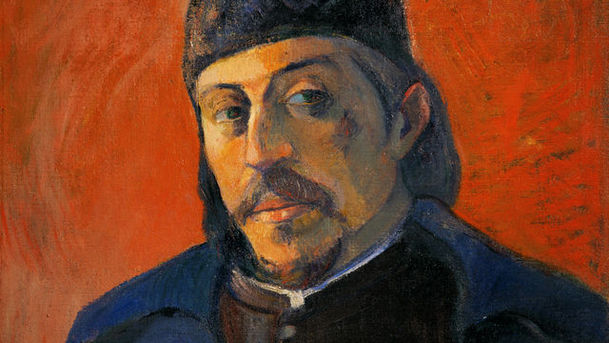Gauguin: The Right to Dare

Paul Gauguin asked August Strindberg to write an introduction to his catalogue exhibition. In response, Strindberg wrote passionately, but regretfully that he couldn't as he didn't like Gauguin's work and while he struggled to explain his antipathy, he wrote "What is he then? He is Gauguin, the savage who hates the restraints of civilisation, who has something of the Titan who, jealous of the creator, makes his own little creation in his spare time, the child who takes toys apart to make others, the one who renounces and defies, preferring to see the sky red, rather than blue with the crowd." By the time he's written these words he begins to understand this controversial artist's work and exclaims "Upon my word, it seems to me that, now I've become excited writing, I'm starting to have a certain understanding of Gauguin's art. The last romantic, the leading light in Symbolist painting, the primitive sophisticate, 'decivilising' painter of the French colonial tropics and revolutionary colourist - Paul Gauguin's work shaped modern art. His rejection of the bourgeois Parisian lifestyle of a stockbroker and wild escape to an archipelago of tiny, remote Pacific islands is the stuff of modern artistic legend. But to this day he remains a very controversial figure, lauded on the one hand and vilified by critics on the other. Our title is taken from Gauguin's life-maxim - that he demanded "The right to dare to do anything." The 'right to dare' goes to the heart of our argument here - and of our assessment of the contemporary importance of Gauguin's art . We investigate the ways in which Gauguin pushed at the boundaries of convention both in art and life and explore the legacy of that daring in terms of Gauguin's influence today. Producer: Kate Bland A Just Radio production for BBC Radio 4.